Internet Explorer -
Security and Privacy

Internet Explorer
Security and Privacy


/en/internetexplorer/adding-and-managing-favorites/content/
Internet Explorer uses safety features like security indicators to keep you safe online. Internet Explorer also allows you to control what information you share online, keeping your personal information private.
It's important to make sure you're on a website with a secure connection before entering sensitive information online. A secure connection makes it almost impossible for someone to access your information. The HTTPS indicator will appear in the address bar when you are viewing a secure site.

A secure connection is not important for many websites, like a news source or weather forecast. However, you should always check for the HTTPS indicator before submitting sensitive information, like your credit card number or birth date.
Internet Explorer offers a high level of protection from malicious websites, but you should still use your best judgement when browsing online. Review our Internet Safety tutorial to learn more about staying safe online.
Internet Explorer offers several ways to control what information you keep private online, including modifying your privacy settings, deleting your history, and browsing in an InPrivate window.
Internet Explorer allows you to control some of the information you share online, which you can modify in your privacy settings. We recommend that you do not change Internet Explorer's default selections, as they allow for the best balance of privacy and security while browsing. However, you can modify them if you choose.
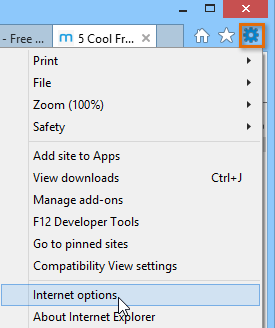
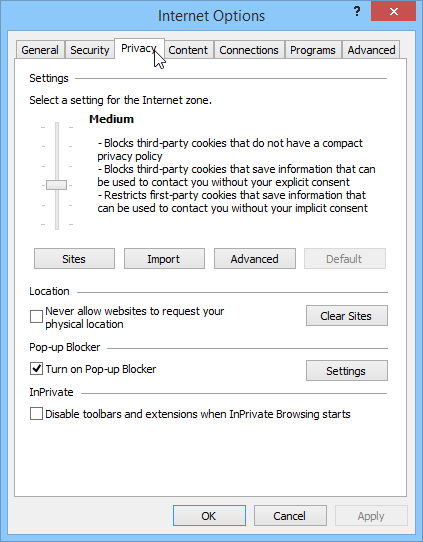
Like all browsers, Internet Explorer keeps a record of every website you visit in your browsing history. You may want to remove some or all of your browsing history for the sake of privacy.
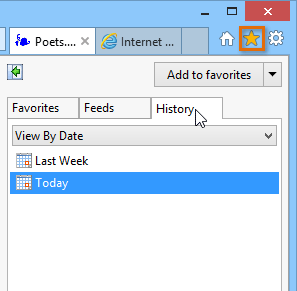
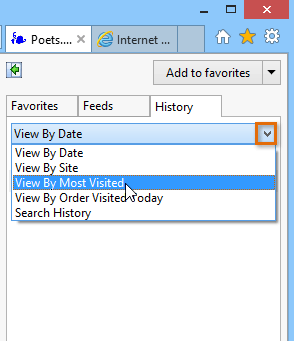
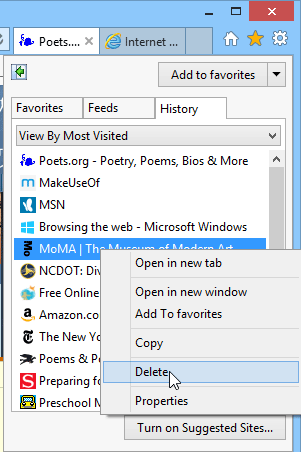
Internet Explorer makes it easy to delete some or all of your history. For example, sometimes you might want to remove only your history from the past hour instead of removing your entire history. You might also want to remove all of your saved pages and cookies but keep your saved passwords.
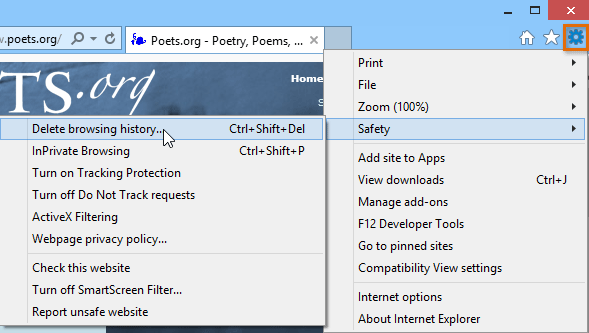
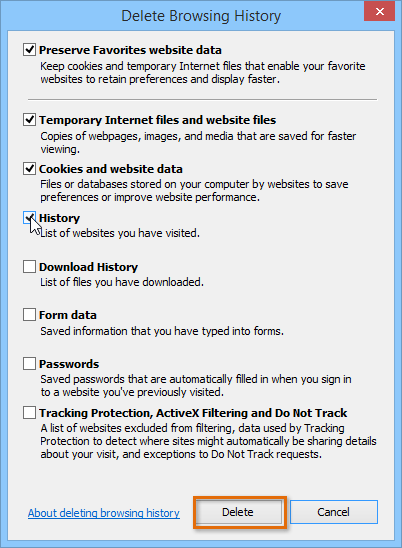
For added privacy, Internet Explorer also offers private browsing, which allows you to browse online without recording your history or storing cookies. This is a great way to keep your browsing history secret when planning a party or buying a gift for someone who shares your computer.
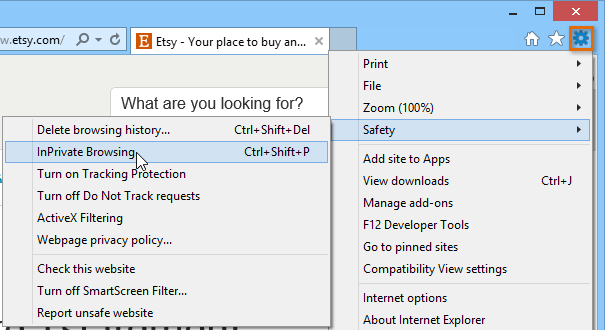
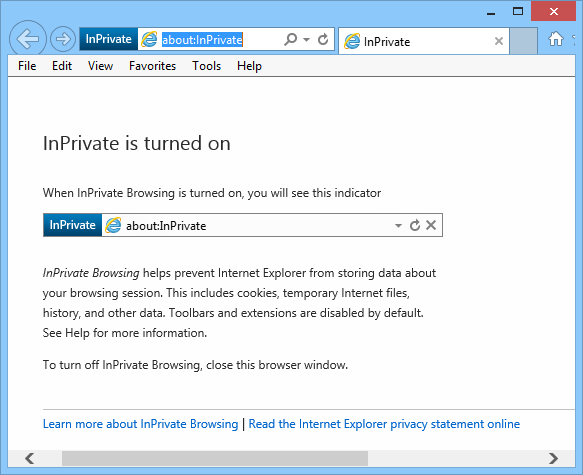
Private browsing does not make Internet Explorer more secure—it only stops Internet Explorer from saving history and cookies for that session. Don't use a private window to view any websites you wouldn't feel safe viewing in a regular Internet Explorer window.
/en/internetexplorer/using-ie-on-the-start-screen/content/